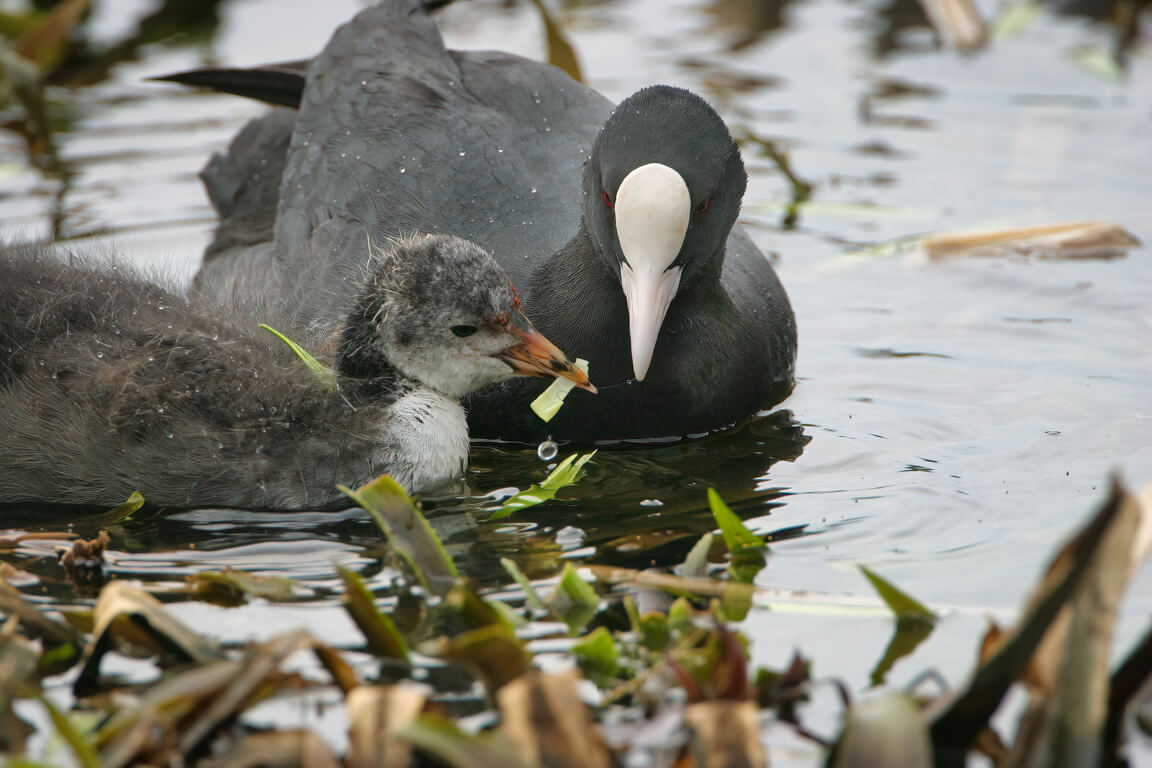The Parkland and its Wildlife
Birkenhead Park, like all public parks, is the lungs of our towns and cities. As a vast green space, it is home to a wide variety of wildlife. From tiny insects to towering oaks, from Canadian geese to Himalayan Cedars, Birkenhead Park is a home for everyone.

The park's landscape
Although it looks naturally formed, Birkenhead Park was in fact carefully designed by human skill and thought. In 1844, its designer Joseph Paxton imagined it as a safe haven that would reflect the tranquillity and feeling of the countryside while in the middle of a busy town. And that is still very much true today.

Soon after entering the park, you can leave behind the hustle and bustle of the surrounding streets. You will be amazed by the hilltop trees overlooking the wide-open meadows, before losing yourself in the shady paths. The trees and shrubs have been placed in a way that constantly hides and then reveals views before your eyes. Along the way, you will find historic features such as the Swiss Bridge and the Roman Boathouse, nicely nestled into the landscape.

The many mature trees throughout the park not only provide excellent shade from the sun in the summer months, but are also vital habitats for birds, insects, bugs, and small mammals such as the park’s beloved squirrels. The small island on the lake in the Upper Park is a particularly good refuge for many varieties of birds.
The lakes, with their long sinuous shapes, appear like meandering rivers. Here you will find our resident populations of geese, swans, and ducks, as well as a variety of fish and other wetland creatures. We even have some turtles!
Bird feeding
On our two main lakes, you can see coots, moorhens, Muscovy ducks, Canadian geese, and mute swans, among others. We are very lucky that we can often welcome cygnets, goslings, and duckling to our park family. If you want to feed them, please do not give them bread – it has very little nutritional value, it pollutes the lake, and it pleases the rodents more than the birds. We sell great nutritional value duck food and bird seeds at the Visitor Centre. Alternatively, you can give them oats, sweet corns, rice, or even peas!
Walking Trails
There's always plenty to discover about Birkenhead Park's horticulture and wildlife, much of which you can do on your own just by strolling through the parklands. For a more focussed exploration, visit our Walking Trails page elsewhere on this site for suggestions on the best routes to take, to spot most of our park wildlife.
Walking trails